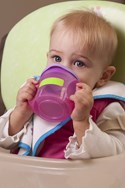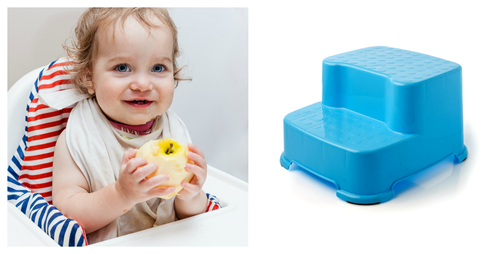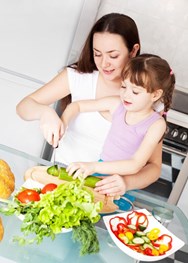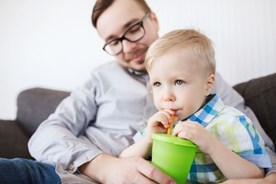
Mealtimes are an important aspect of family life. Children begin to develop self-feeding skills from birth. Drinking from a cup is a complex task and takes a number of years to master. Between 2 and 4 months a baby will move it’s hands to the breast/bottle while feeding. Between 6 and 9 months a baby can hold a bottle in both hands. They can often drink from a cup if it is held and tipped for them. By 15 months a child can usually hold a cup with both hands and take a few sips without help. By 18 months they can use a straw and by 3 years a child can drink from a cup without a lid without spilling.


 Children learn in different ways so you might need to vary your approach. There are a number of ways in which you can help;
Children learn in different ways so you might need to vary your approach. There are a number of ways in which you can help;Physically assist your child - Use the hand-over-hand technique by letting your child grasp the cup while you put your hand over the top of their hand to guide them.
Show your child – do the task alongside your child.
Tell your child – talk your child through each step of the process.
 Your child can hold onto your hand as the cup is brought to their mouth.
Your child can hold onto your hand as the cup is brought to their mouth.